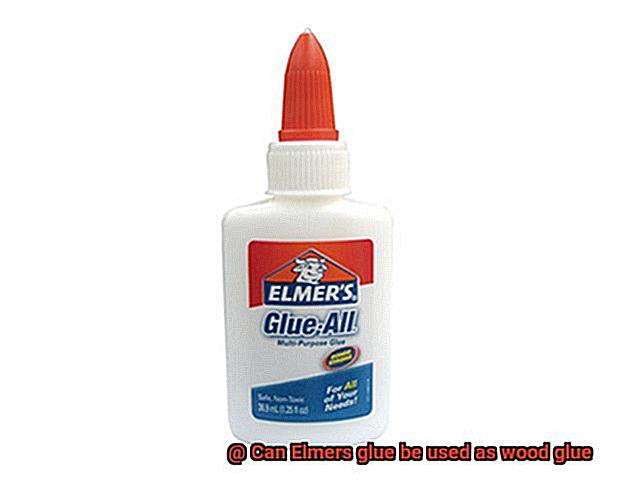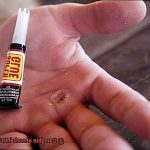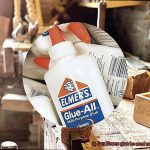Woodworking and carpentry are two of the most satisfying activities that require reliable and efficient adhesive. Wood glue is undoubtedly the go-to adhesive for many woodworkers, but what if you don’t have any on hand? Could Elmer’s glue be a substitute?
Elmer’s glue is a household name adhesive that has been around for decades. It has proven to be useful for various purposes, including arts and crafts, school projects, and paper mache. However, can it also double as a wood glue?
This fascinating question has sparked debates among DIY enthusiasts and experts alike. Some argue that it’s possible to use Elmer’s glue as wood glue, while others claim that it doesn’t provide sufficient strength. The answer to this question is crucial to the success of your woodworking projects, whether you’re a beginner or an experienced professional.
In this blog post, we’ll delve into this question and examine the properties of Elmer’s glue that make it an alternative to wood glue. We’ll also explore the differences between them and when Elmer’s glue should or shouldn’t be used in woodworking projects. Whether you’re a curious DIYer or a seasoned carpenter looking for answers, this blog post will provide insightful information regarding the use of Elmer’s glue as wood glue.”
What Types of Wood Can Be Used with Elmers Glue?
Contents
- 1 What Types of Wood Can Be Used with Elmers Glue?
- 2 Advantages and Disadvantages of Using Elmers Glue as a Wood Glue
- 3 Alternatives to Using Elmers Glue on Wood
- 4 Safety Precautions when Working with Any Type of Glue
- 5 How to Choose the Right Woodworking PVA Glue
- 6 Tips for Using Elmers Glue on Wood Projects
- 7 Conclusion
This arts and crafts staple can also be used as a wood glue with great success. However, it’s important to keep in mind that not all woods are created equal when it comes to bonding with Elmer’s glue.

Porous woods like pine, cedar, and fir are top candidates for bonding with Elmer’s glue. Their open grain structures allow the glue to penetrate and form a strong bond. While hardwoods like oak and maple can also work with Elmer’s glue, they may require more clamping pressure and a longer drying time.
On the other hand, non-porous woods like teak and mahogany may not bond well with Elmer’s glue due to their dense grain structures. In such cases where the wood is non-porous, specialized wood glue that is designed to work with non-porous materials would be ideal.
Another crucial factor to consider is the moisture content of the wood. If the wood is too dry, it may not absorb the glue properly and result in weak joints. Conversely, if the wood is too moist, it may take longer for the glue to dry and weaken the joint as a result. Therefore, it’s important to check the moisture content of your wood before applying Elmer’s glue.
Lastly, it’s important to recognize that Elmer’s glue may not be suitable for all woodworking applications. For instance, outdoor furniture or items exposed to moisture will require a waterproof or weather-resistant wood glue instead.
Advantages and Disadvantages of Using Elmers Glue as a Wood Glue
Elmers glue might be the first thing that comes to mind. But, is it a good choice? As an expert in woodworking, I have researched the advantages and disadvantages of using Elmers glue as a wood glue, so you can make an informed decision before starting your next project.
Advantages:
One of the primary advantages of Elmers glue is its cost-effectiveness. Compared to other types of wood glues on the market, it is relatively inexpensive. This feature makes it an attractive option for those working on a tight budget.
Another advantage of Elmers glue is its easy accessibility. It can be found in almost any craft store or online retailer, making it convenient for those who don’t have access to specialty woodworking stores.
Lastly, Elmers glue is non-toxic and safe to use. This feature makes it perfect for those working with children or pets around.
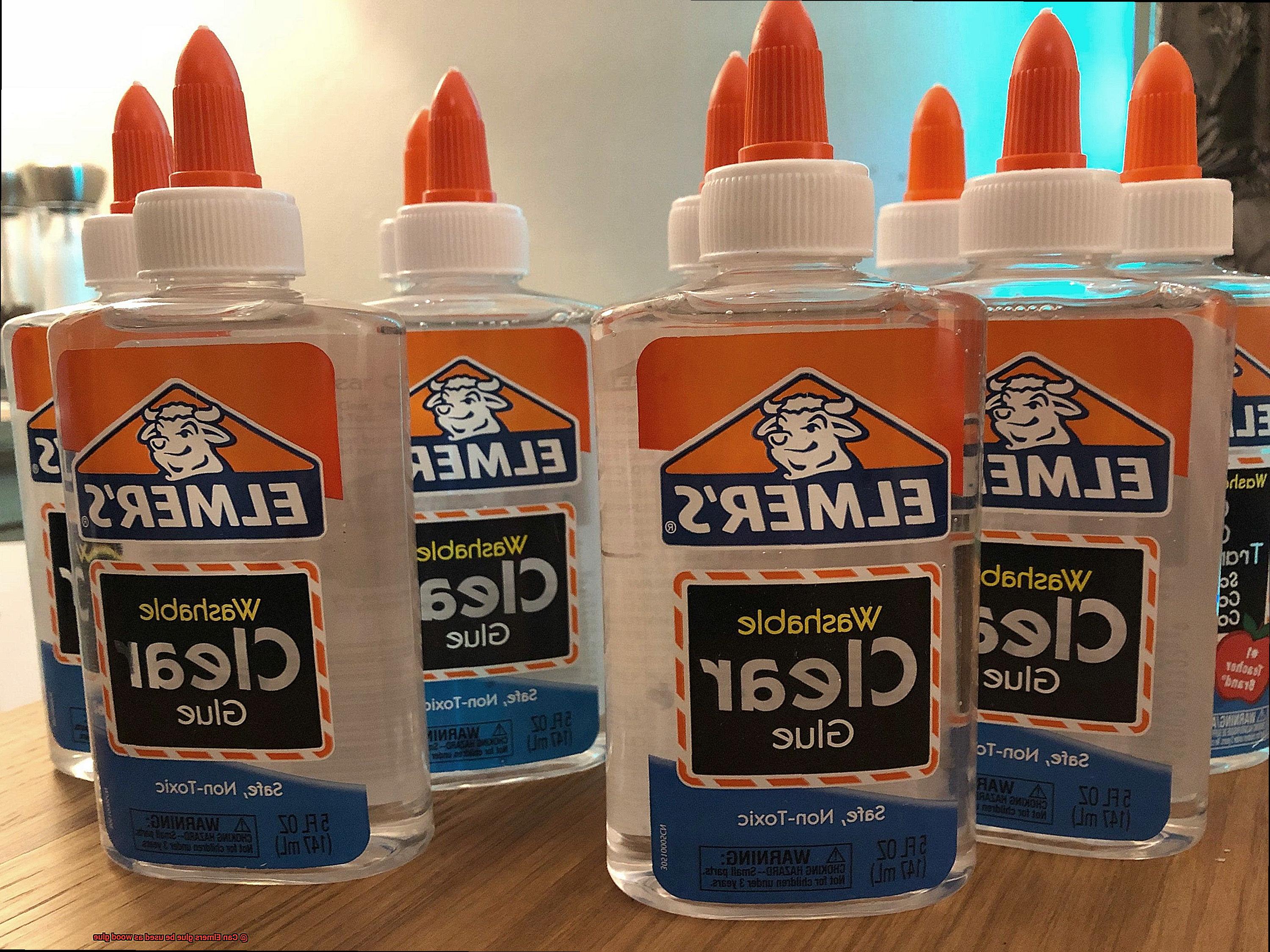
Disadvantages:
There are some disadvantages to consider before using Elmers glue as a wood glue. Firstly, it has a weaker bond than other types of wood glue like PVA or epoxy. This means that it might not be suitable for heavy-duty woodworking projects.
Secondly, Elmers glue is not waterproof or heat-resistant. Therefore, it might not hold up well under certain conditions and may not be durable enough for long-term use. This can lead to the wood joint breaking apart over time.
Lastly, Elmers glue is best suited for small-scale woodworking projects such as picture frames or small boxes. It may not be the best option for larger projects like building furniture or cabinetry.
Alternatives to Using Elmers Glue on Wood
When it comes to woodworking, choosing the right adhesive is crucial for ensuring a strong and long-lasting bond. While Elmers glue is a popular choice for many craft projects, it may not be the best option for woodworking projects that require a more robust bond. Fortunately, there are several alternatives to using Elmers glue on wood that can provide a stronger and more durable hold.
One highly recommended alternative is polyurethane glue, also known as Gorilla Glue. This waterproof adhesive creates a bond that is stronger than the wood itself. However, it’s important to note that it requires some special considerations when using it, such as ensuring that both surfaces are dampened with water before applying the glue. This step activates the glue and ensures optimal results.
Epoxy is another fantastic alternative to Elmers glue that creates a strong bond and can be used on a variety of materials, including wood. It cures quickly and can be sanded or painted once it has dried, making it an excellent choice for filling gaps and cracks in your woodwork.
For those who prefer natural options, hide glue is a traditional woodworking adhesive made from animal collagen. It has been used for centuries and is still favored by many woodworkers today for its strong bond and easy repairability. However, it does require some extra steps in preparation and application compared to modern adhesives.
Lastly, cyanoacrylate glue, also known as super glue, can be used on wood but is best suited for small repairs or projects where a quick bond is needed. It dries quickly and forms a strong bond but may not hold up as well over time compared to other alternatives.
Safety Precautions when Working with Any Type of Glue
Glue can be a powerful adhesive, but it can also pose risks to your health and safety if not handled properly. In this blog post, I will share some important safety measures you should take when working with any type of glue.
The first and foremost step is to work in a well-ventilated area. You must avoid inhaling any harmful fumes that may be present in the glue. If you’re working indoors, make sure there is adequate airflow by opening windows or doors or using a fan. Proper ventilation helps reduce the concentration of harmful fumes in the workspace.
While working with glue, it is important to wear protective gear like gloves and safety glasses. This will prevent skin irritations and eye injuries since some types of glue can cause chemical burns on the skin. To ensure maximum protection, use chemical-resistant gloves and safety glasses when handling harsh glues.
It is also essential to avoid ingesting the glue as it can be toxic and harmful if swallowed. Keep the glue away from children and pets who may accidentally consume it. Store all glues in a secure place where they cannot be accessed by anyone except you.
Lastly, always follow the instructions provided by the manufacturer when using any type of glue. Most glues have specific drying times and application methods that should be followed carefully to achieve the best results. Mixing different types of glue can be hazardous; therefore, stick to using one type of glue for every project.
How to Choose the Right Woodworking PVA Glue
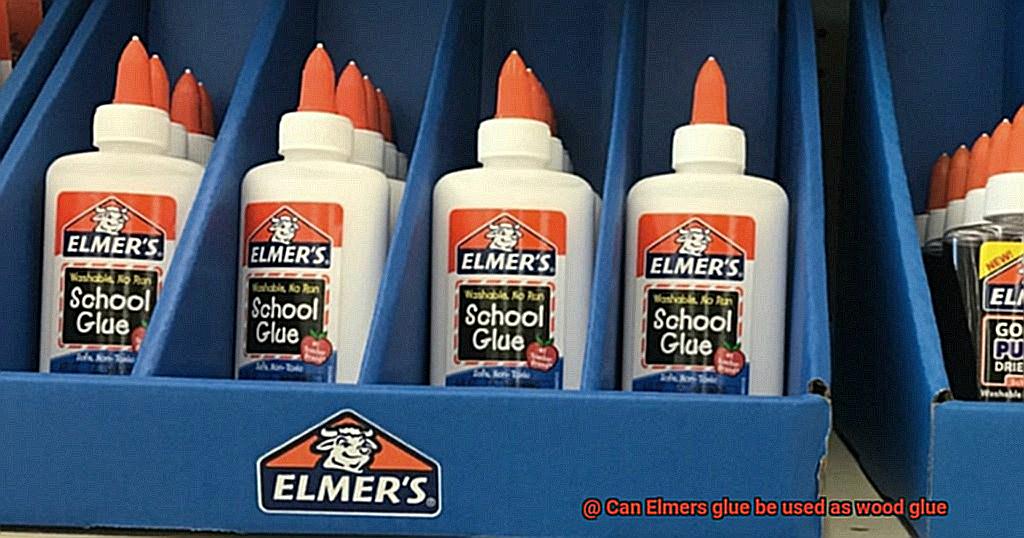
Thankfully, PVA glue is a versatile and reliable option that is easy to work with. However, not all PVA glues are created equal, which is why it’s important to choose the right one for your project.
Consider the strength of the bond required
The first factor to consider when choosing a woodworking PVA glue is the strength of the bond required. If you’re working on a simple project, standard strength PVA glue should be sufficient. However, if you’re building something more complex that requires a stronger bond, then professional strength PVA glue may be necessary.
Think about drying time
Another important factor to consider is drying time. If you need to make multiple adjustments during assembly, then a slower-drying PVA glue would be better suited for your needs. On the other hand, if time is of the essence and you need your project completed quickly, then a faster-drying PVA glue would be more appropriate.
Water resistance matters
Water resistance is also an important consideration when choosing a woodworking PVA glue. If your project will be exposed to moisture or humidity, then you’ll want to choose a PVA glue with good water resistance. Waterproof or weather-resistant PVA glues are ideal for outdoor furniture or items exposed to moisture.
Remember the type of wood being used
The type of wood being used in your project is another important factor to consider. Some woods contain natural oils that can interfere with the bonding process of certain glues. To avoid any issues, it’s best to use a specialized adhesive designed specifically for oily woods.

Choose the right type of PVA glue
It’s also worth noting that there are different types of PVA glue available for different applications. For example, standard white glue is great for general woodworking projects that won’t be exposed to moisture. Yellow glue, also known as carpenter’s glue, is stronger than white glue and can tolerate some moisture exposure. Waterproof glue, also known as exterior-grade or marine-grade glue, is the strongest and most water-resistant of the three types of PVA glue and is recommended for outdoor or water-exposed projects.
Tips for Using Elmers Glue on Wood Projects
Looking to add a touch of creativity to your woodworking projects? Elmer’s glue is a versatile adhesive that can be used for a variety of projects, including woodworking. However, it’s important to keep in mind a few tips to ensure the best results.
Choose the Right Type of Elmer’s Glue
When it comes to using Elmer’s glue on wood projects, the right type of glue can make all the difference. While regular white school glue may work for small projects, it’s not strong enough for larger or more complex ones. Instead, opt for a specialized wood glue from Elmer’s like their Carpenter’s Wood Glue Max or Carpenter’s Interior Wood Glue. These strong adhesives are designed specifically for woodworking projects and can withstand stress and strain.
Prepare the Surface Before Applying Glue
The key to a strong bond is preparing the surface before applying glue. Ensure that both surfaces are clean and dry before applying the glue. Any debris or moisture on the wood can prevent the glue from bonding properly and weaken the overall strength of the project. Sanding any rough spots down for a smoother finish will also help prepare the surface.
Clamp the Pieces Together
Clamping the wood pieces together after applying the glue is crucial for a tight and secure bond. This will prevent any gaps or spaces between the pieces, which can weaken the overall structure of the project. If clamps aren’t available, heavy objects like books can be used to apply pressure until the glue dries.
Use Thin and Even Layers
It’s important not to use too much glue as this can cause it to seep out and create unsightly marks on the wood. A thin, even layer is all that is needed for a strong bond. Be mindful of how much you are applying and spread it evenly over the surface.
Be Patient
The final step in using Elmer’s glue on wood projects is to allow ample time for the glue to dry before moving or handling the project. This can take anywhere from a few hours to overnight depending on the size and complexity of the project. Resist the temptation to handle or use the project until it’s completely set.
8srzuA7F5g4″ >
Also Read: Can you use Elmer’s glue as a sealant?
Conclusion
In conclusion, the age-old question of whether Elmer’s glue can be used as wood glue has sparked many debates in the DIY community. Although Elmer’s glue is commonly associated with arts and crafts, it can serve as a substitute for wood glue in certain situations. However, it’s important to keep in mind that not all woods are created equal when it comes to bonding with Elmer’s glue.
Porous woods like pine, cedar, and fir are prime candidates for bonding with Elmer’s glue. Conversely, non-porous woods like teak and mahogany may not bond well with it. It’s also worth noting that Elmer’s glue may not be suitable for all woodworking applications and may not provide sufficient strength compared to other types of wood glues.
Fortunately, there are several alternatives available that can offer a stronger and more durable hold such as polyurethane glue, epoxy, hide glue or cyanoacrylate glue. When handling any type of adhesive, safety precautions should always be taken to avoid any harm or injury.
Choosing the right PVA woodworking glue for your project requires careful consideration of factors such as strength of the bond required, drying time, water resistance and type of wood being used.

